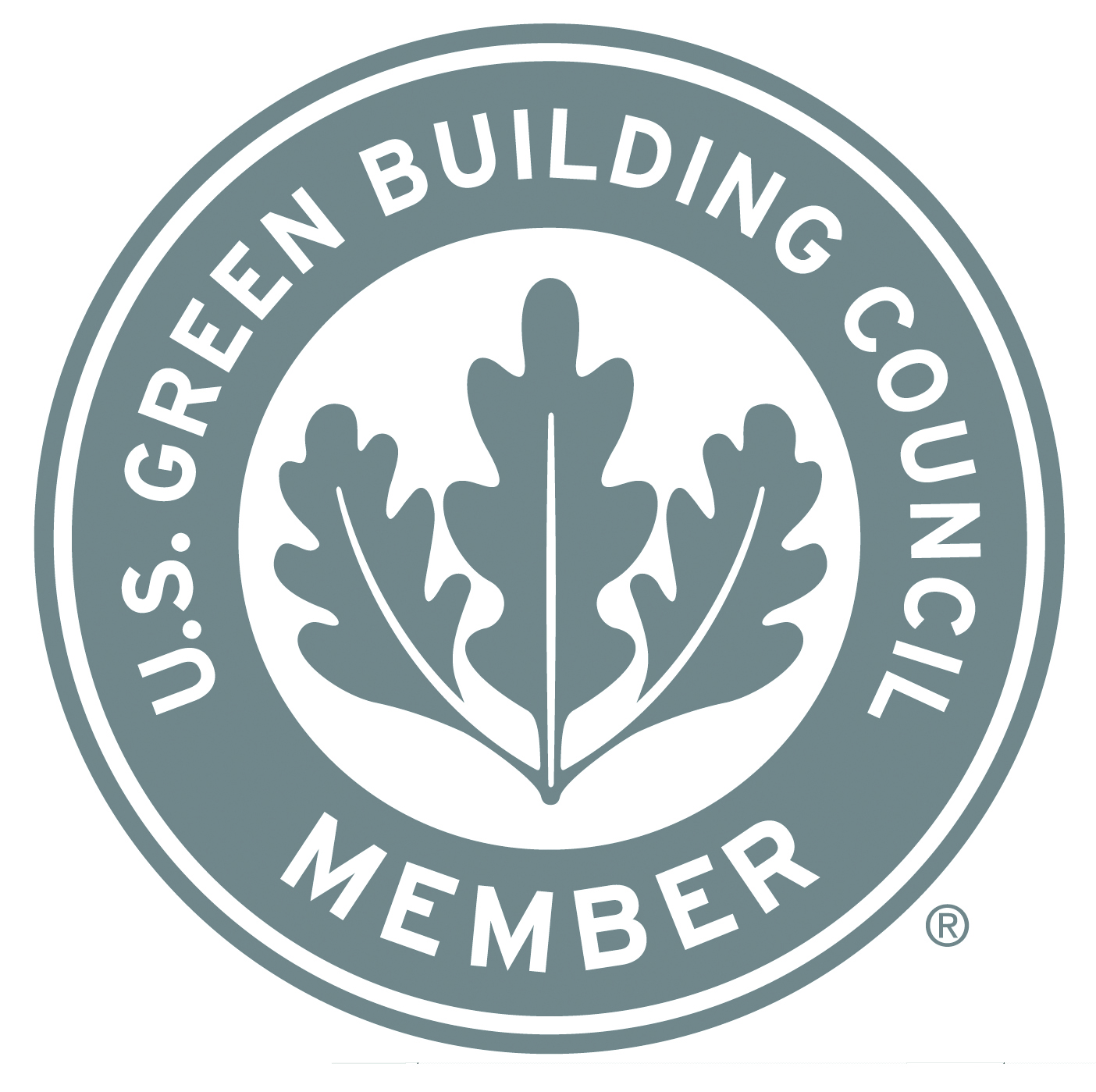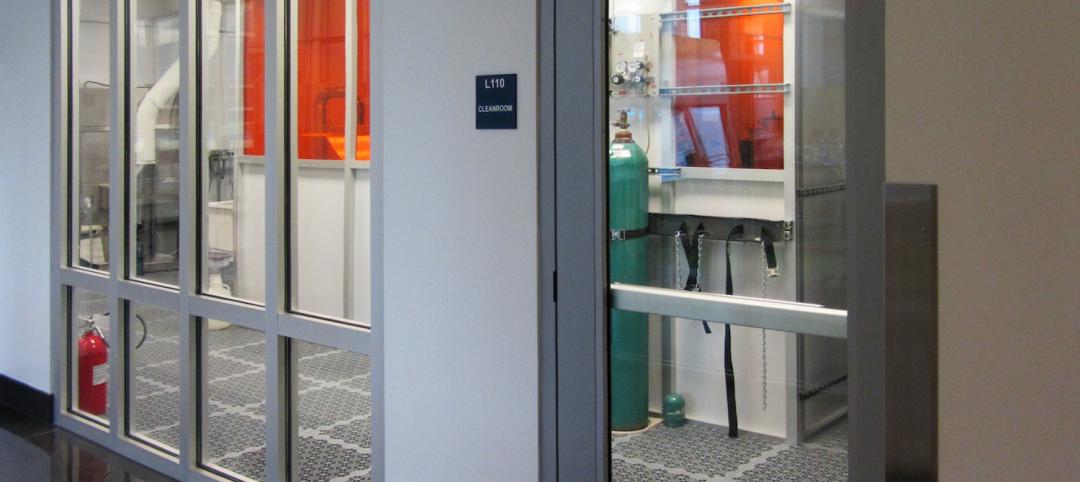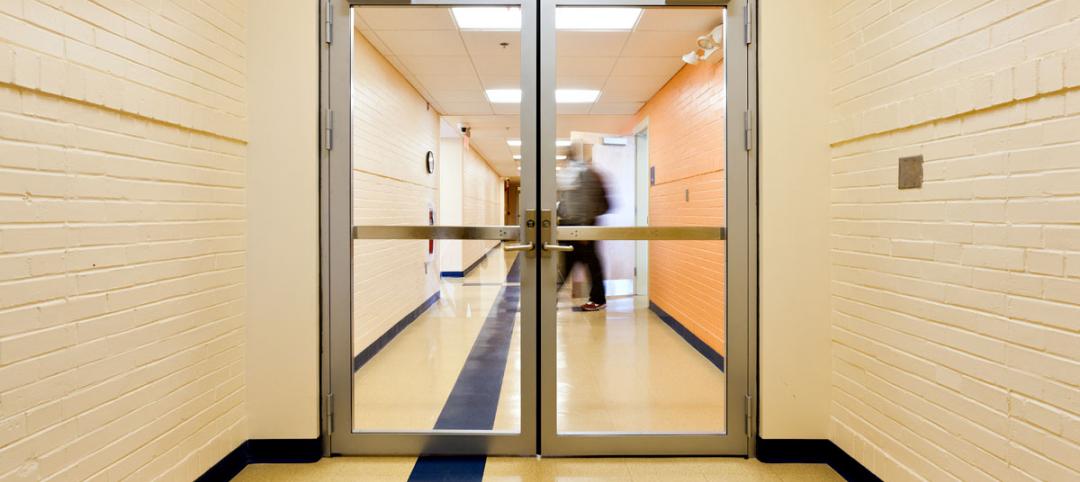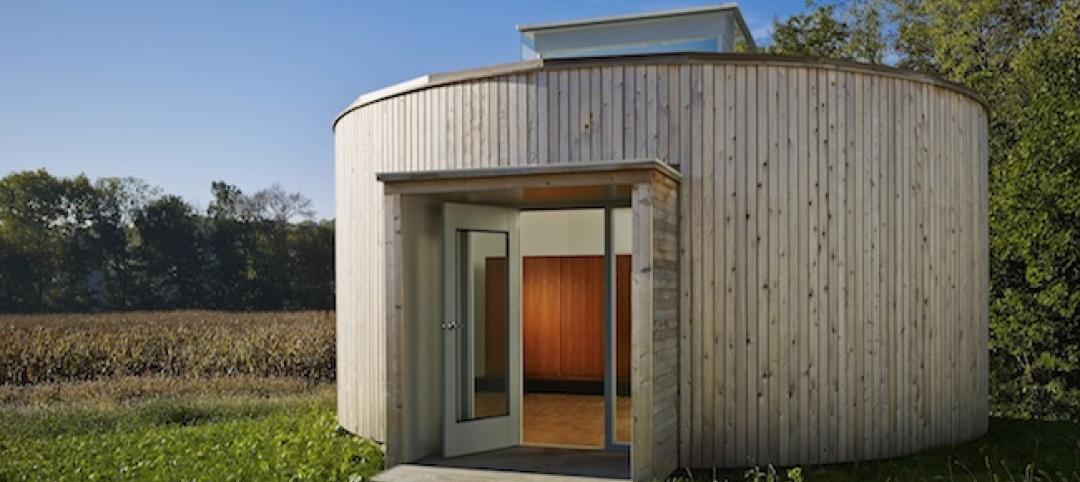The U.S. Green Building Council (USGBC) today announced the opening of the fifth public comment period for the proposed update to its LEED green building program. The comment period, which will close on Dec. 10, enables the building community to view the most recent draft of the rating systems and provide comments where any substantive changes have been made.
LEED v4 continues to push the envelope on energy efficiency, allocating nearly 20% of all points to optimizing energy performance over the stringent ASHRAE 90.1-2010, which would do more to help curb CO2 emissions than any LEED rating system in its 12 year history.
In addition to bringing green building solutions to more market sectors, including data centers, warehouses and distribution centers, hospitality, mid-rise residential, and existing schools and retail, the next version includes more options for projects outside of the U.S., making LEED the common language for sustainability around the globe.
The rating system has long championed innovation, and the LEED v4 draft further encourages innovative thinking and decision making about building materials and design. In this draft, using fewer, better materials will result in up to 9 LEED points, incentivizing product manufacturers that voluntarily report about their product makeup and those who reduce the negative impacts - from extraction of raw materials through the manufacturing process.
When fully launched in 2013, LEED v4 will offer an improved user experience that will make the certification review and documentation process more intuitive and efficient. The simplified reporting requirements will be thoroughly refined and tested by the LEED v4 beta testing group - the first crop of projects to pursue LEED V4 certification. The beta process enables project teams to engage with a pre-ballot version of LEED v4 with guided support from USGBC.
USGBC's Greenbuild International Conference and Expo, taking place Nov. 14-16 in San Francisco, Calif., will give users an additional opportunity to explore LEED v4, including the new technical content and credit language, while learning about the streamlined documentation requirements and submittal forms and the dynamic, mobile education resources being developed.
LEED v4 drafts and the public comment tool are now available on the newly re-launched, re-envisioned USGBC.org website, a platform that engages the green building community and supports an entire ecosystem of websites and apps. The new USGBC.org gives everyone the opportunity to build a rich history of involvement in the green building movement.
In an effort to provide the marketplace a view of the full LEED program experience prior to ballot, USGBC announced an expanded timeline for LEED v4 and committed to a fifth public comment period. Fifth public comment will run until Dec. 10. Ballot period is expected to open June 1, 2013.
Approximately 35 credits are included in the draft open for public comment, and have been revised in response to feedback from previous public comment periods to further improve clarity, increase flexibility and options for project teams, and removing unsuitable requirements from previous drafts.
To view the drafts of LEED v4 visit www.usgbc.org/leedv4. +
Related Stories
| May 27, 2014
One World Trade Center cuts rents due to sluggish activity
Sluggish economy and lackluster leasing force developer The Durst Organization and the Port Authority of New York and New Jersey to reduce asking rents by nearly 10% to $69/sf.
| May 27, 2014
Fire Rated Glass contributes to open lab environment at JSNN
Openness and transparency were high priorities in the design of the Joint School of Nanoscience & Nanoengineering within the Gateway University Research Park in Greensboro, N.C. Because the facility’s nanobioelectronics clean room houses potentially explosive materials, it needed to be able to contain flames, heat, and smoke in the event of a fire. SPONSORED CONTENT
| May 27, 2014
What are your services worth?
The price, cost, and value of design services are explored in a recent Design Intelligence article authored by Scott Simpson, a senior fellow of the Design Futures Council. Value, he explains, represents the difference between “price” and “cost.” SPONSORED CONTENT
| May 27, 2014
Contractors survey reveals improving construction market
The construction industry is on the road to recovery, according to a new survey by Metal Construction News. Most metrics improved from the previous year’s survey, including a 19.4% increase in the average annual gross contracting sales volume. SPONSORED CONTENT
| May 27, 2014
How to develop a dynamic referral system
Compelling your clients to provide you with quality referrals is one of the best ways to build a successful business. Here are ways to ‘train’ your clients to make quality referrals. SPONSORED CONTENT
Sponsored | | May 27, 2014
Grim Hall opens the door to fire safety with fire-rated ceramic glass
For the renovation of Lincoln University’s Grim Hall life sciences building into a state-of-the-art computer facility, Tevebaugh Associates worked to provide students and faculty with improved life safety protection. Updating the 1925-era facility's fire-rated doors was an important component of the project.
| May 26, 2014
New Jersey data centers will manage loads with pods
The two data center facilities totaling almost 430,000 sf for owner Digital Realty Trust will use the company's TK-Flex planning module, allowing for 24 pods.
| May 23, 2014
Big design, small package: AIA Chicago names 2014 Small Project Awards winners
Winning projects include an events center for Mies van der Rohe's landmark Farnsworth House and a new boathouse along the Chicago river.
| May 23, 2014
Top interior design trends: Gensler, HOK, FXFOWLE, Mancini Duffy weigh in
Tech-friendly furniture, “live walls,” sit-stand desks, and circadian lighting are among the emerging trends identified by leading interior designers.
| May 22, 2014
How to measure what matters
Measuring what matters is essential for professional services firms, says author and consultant Tim Williams, particularly as firms continue to experiment with the concept of outcome-based compensation agreements.















